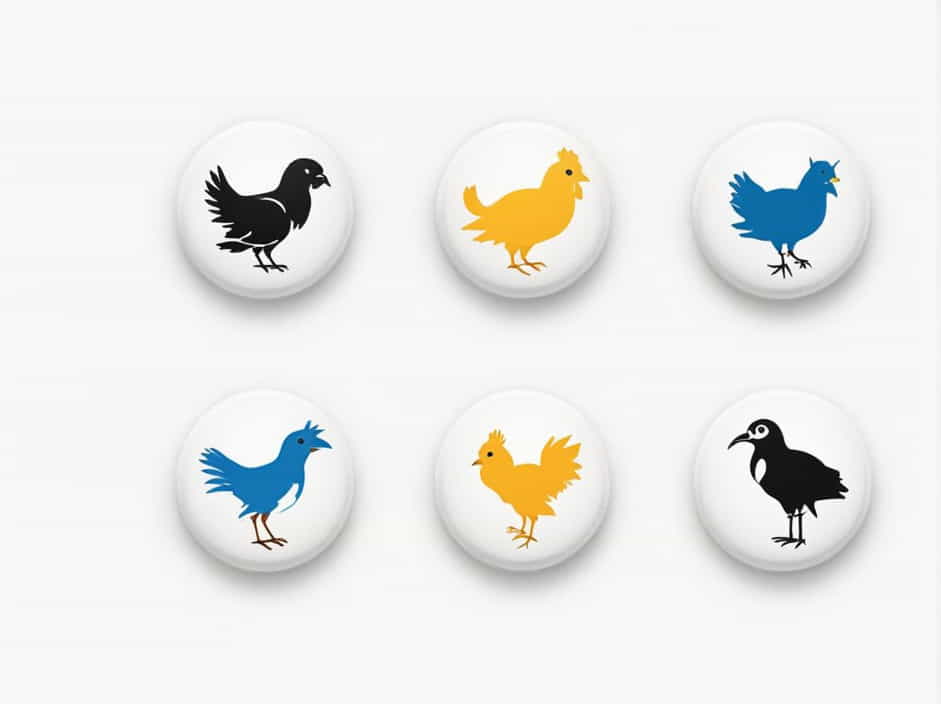Animals reproduce in different ways, and one of the most common methods is oviparity, where offspring develop inside eggs laid by the mother. However, not all animals follow this reproductive strategy. Some give birth to live young instead of laying eggs.
This topic explores oviparous and non-oviparous animals, their characteristics, and how they differ in reproduction.
What Does Oviparous Mean?
An oviparous animal is one that lays eggs, with embryo development occurring outside the mother’s body. These eggs are protected by a shell or membrane and hatch when the offspring are ready to survive on their own.
Examples of Oviparous Animals
✔ Birds – Chickens, pigeons, eagles
✔ Reptiles – Snakes, lizards, turtles
✔ Amphibians – Frogs, toads, salamanders
✔ Fish – Salmon, clownfish, goldfish
✔ Insects – Butterflies, ants, bees
Advantages of Oviparity
✔ Protects the mother from carrying offspring for long periods
✔ Allows multiple eggs to be laid at once, increasing survival chances
✔ Reduces the burden on the mother’s body
Which Animals Are Not Oviparous?
Animals that do not lay eggs are either viviparous or ovoviviparous.
✔ Viviparous animals – Give birth to live young (e.g., humans, dogs, cats)
✔ Ovoviviparous animals – Develop eggs inside the mother’s body but hatch before birth (e.g., some sharks, snakes)
Examples of Non-Oviparous Animals
✔ Mammals – Lions, dolphins, elephants, humans
✔ Some Reptiles – Boa constrictors, some vipers
✔ Some Fish – Guppies, seahorses
Key Differences Between Oviparous and Non-Oviparous Animals
| Feature | Oviparous Animals | Non-Oviparous Animals |
|---|---|---|
| Reproduction | Lay eggs | Give birth to live young |
| Embryo Development | Outside the mother’s body | Inside the mother’s body |
| Examples | Birds, reptiles, amphibians | Mammals, some reptiles, some fish |
Why Are Mammals Not Oviparous?
Most mammals are viviparous, meaning they develop embryos inside the mother’s womb and give birth to fully formed live young. This method provides better protection and nourishment to the offspring, increasing survival rates.
However, some mammals, like the platypus and echidna, are exceptions. These are monotremes, which lay eggs instead of giving birth to live young.
Oviparous animals lay eggs, while non-oviparous animals give birth to live young. Most birds, reptiles, and amphibians are oviparous, while mammals, some reptiles, and certain fish are not. Understanding these differences helps us appreciate the diversity of reproduction in the animal kingdom.
